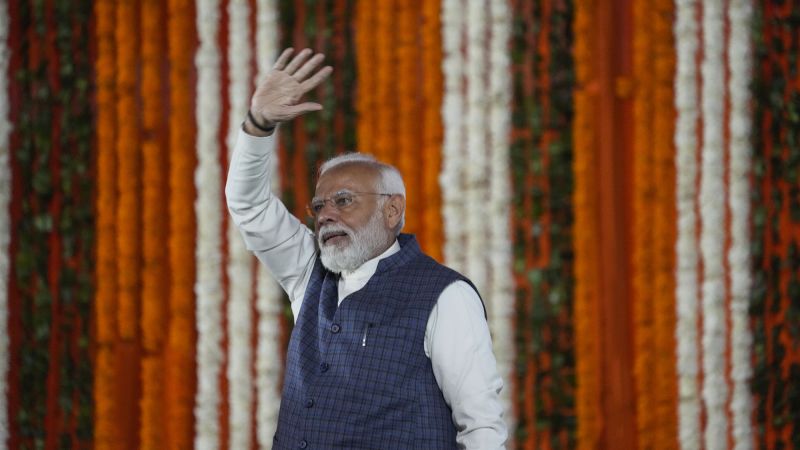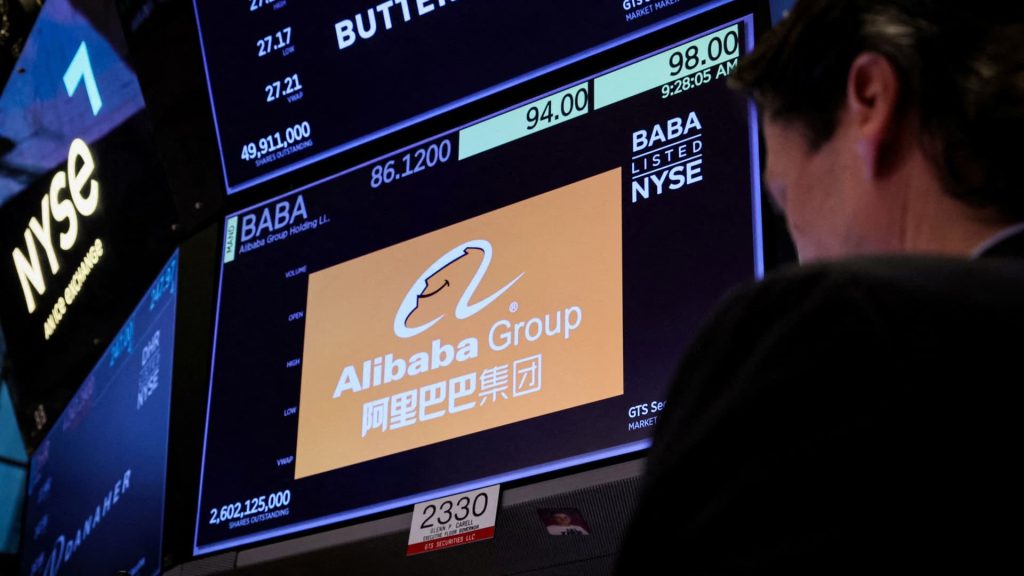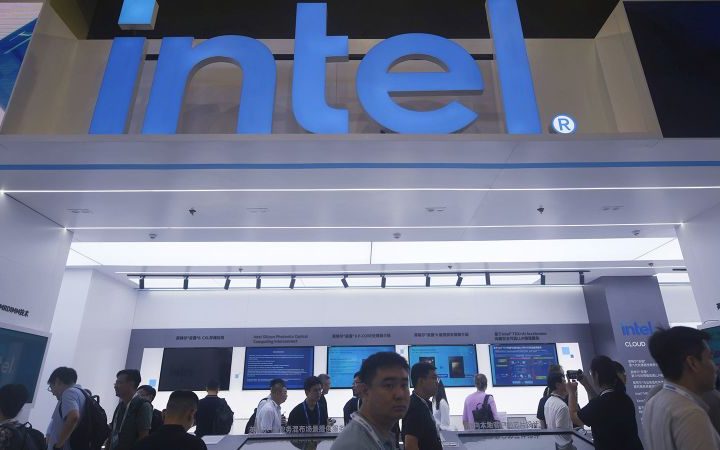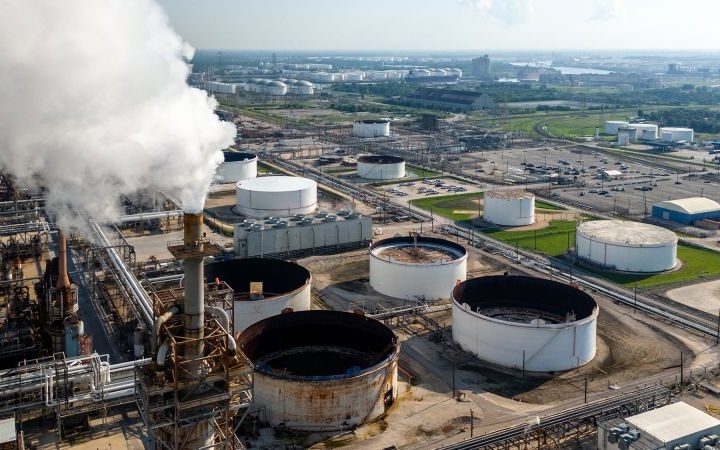For the last three decades, Peeyush Mittal has frequently driven the 185 miles from the Indian capital to the city of Jaipur. The journey always took him 6 hours.
“For 30 years there’s been this promise of doing that journey in three hours. It has never been possible,” said Mittal, a portfolio manager at Matthews Asia, a San Francisco-based investment fund. “They’ve expanded the highway, gone from one lane to two lane to three lane, everything has been done. But that journey has always remained six hours.”
Except last year, when he cruised at 75 miles per hour on a new expressway connecting the two cities, and made the trip in half the time.
“My jaw dropped when I first time got on that highway. I was like, ‘Wow, man, how is this even possible … in India?” he said.
The quality of India’s new infrastructure is just one of many reasons why Mittal, who manages funds focussed on emerging markets, and other investors are excited about the country’s growth prospects.
Financial professionals around the world are noticing India’s development since 2014 under two-term Prime Minister Narendra Modi, who has said he wants the South Asian nation to become a $5 trillion economy by 2025.
The optimism around the world’s most populous nation is in stark contrast to the mood found in China, which is grappling with a myriad of economic challenges, including an accelerated flight of capital from the country.
Its stock markets have suffered a protracted slump since recent peaks in 2021, with more than $5 trillion in market value having been wiped out from the Shanghai, Shenzhen and Hong Kong bourses. Foreign direct investment (FDI) plunged last year, and fell again in January, down nearly 12% compared to the same month in 2023.
India’s stock market, meanwhile, is hitting record highs. The value of companies listed on India’s exchanges surpassed $4 trillion late last year.
The future appears even brighter. India’s market value is expected to more than double to $10 trillion by 2030, according to a Thursday report by Jefferies, which would make it “impossible for large global investors to ignore.”
“China is a no go, so … which is the other country that can maybe replace China?” said Mittal. “There’s no country like China other than India … in some form or fashion, it is the substitute that maybe the world is looking for to drive growth.”
Japan has benefited from investors seeking an alternative to China — Tokyo’s benchmark index hit a new high for the first time in 34 years last week, helped by improving corporate profits and a weak yen. But the country is stuck in recession and recently lost its position as the world’s third biggest economy to Germany.
The latest revision by global stock index compiler MSCI reflects the bullishness towards India. MSCI said this month that it would increase India’s weighting in its emerging markets index to 18.06% from 17.98%, while reducing China’s to 24.77%.
MSCI’s indexes help institutional investors worldwide decide how to allocate money and where to focus their research.
“India’s weight in the MSCI emerging market index was about 7% a couple of years back,” said Aditya Suresh, head of India equity research at Macquarie Capital. “Do I think that 18% [in the MSCI index] is naturally gravitating more towards 25%? Yeah, that’s kind of clearly where our conversations are leading us to believe.”
As India heads towards national elections in the coming months, market watchers are hoping that Modi’s ruling Bharatiya Janata Party wins a third term, bringing greater predictability to economic policies for the next five years.
“If Modi is back with a majority and political stability is there, then I can certainly say with confidence that there’ll be a lot more investor interest in India on a more sustainable basis,” said Mittal.
There are good reasons for the euphoria around India. From a surging young population to humming factories, the country has a lot going in its favor.
The International Monetary Fund expects India to grow by 6.5% next financial year compared to 4.6% for China. Analysts at Jefferies expect the country to become the world’s third largest economy by 2027.
Much like China more than three decades ago, India is only at the beginning of a infrastructure transformation, spending billions on building roads, ports, airports and railways.
There is a “very strong multiplier effect” on the economy from the investments in digital and physical infrastructure, which “you cannot roll back,” Suresh said.
The world’s fastest growing major economy is also trying to capitalize on the rethink underway among companies on supply chains. Global businesses want to diversify operations away from China, where they faced obstacles during the pandemic and are exposed to risks arising from tension between Beijing and Washington.
“India is a prime candidate to benefit from the ‘friend-shoring’ of supply chains, notably at the expense of China,” wrote Hubert de Barochez, a market economist at Capital Economics, in January.
As a result, some of the world’s biggest companies, including Apple (AAPL) supplier Foxconn, are expanding their operations in India. Tesla (TSLA) CEO Elon Musk said last June his company is looking to invest in India “as soon as humanly possible.”
“[Modi] really cares about India because he’s pushing us to make significant investments in India, which is something we intend to do,” Musk told reporters.
But some worry that India’s confidence may be bordering on hubris.
While interest in the world’s fifth largest economy is rising, the lofty prices of India’s stocks are scaring some international investors away.
Indian shares have always been expensive compared to other emerging economies, said Suresh, but now “the premium on the premium has expanded.”
Domestic investors, both retail and institutional, seem to be brushing aside these high valuations, driving India’s stock market to unprecedented peaks.
According to Macquarie, retail investors alone own 9% of India’s equity market value versus foreign investors at slightly under 20%. Analysts, however, expect foreign investments to pick up in the second half of 2024, once the election is out of the way.

There’s another potential challenge. Despite its new economic swagger, India does not have the capacity to absorb all the money that is flowing out of China, whose economy is still about five times bigger.
China “has a few too many companies which are $100 and $200 billion plus [in value],” Mittal said. “It is difficult to find home for that kind of chunk of money in India.”
But the fact that India’s sizzling rally is driven by domestic investors adds to the country’s strengths and reduces its dependence on foreign fund flows.
“It just massively insulates India from global dynamics,” Suresh said.
Apart from geopolitical rifts and an uncertain economic outlook, foreign companies and investors have grown increasingly wary of domestic political risks in China, including the possibility of raids and detentions. Institutional investors are still very wary about buying Chinese stocks, even though many now look like a bargain.
“There are many good businesses in China, but with all the regulatory issues it becomes very difficult to predict what they will look like in the long run,” said Priyanka Agnihotri, portfolio manager at Baltimore-based Brown Advisory.
India, on the other hand, enjoys healthy relations with the West and other major economies, and is aggressively wooing large firms to set up factories in the country.
In her budget speech in February, Indian Finance Minister Nirmala Sitharaman said FDI inflows since Modi first came to power in 2014 stood at nearly $600 billion, which is twice the amount during the previous decade.
“For encouraging sustained foreign investment, we are negotiating bilateral investment treaties with our foreign partners, in the spirit of first develop India,” she added.
Analysts say that it would hard to stop the economic juggernaut India has set in motion, irrespective of what happens to China.
“Even if China comes back to the table and resolves a lot of problems, I don’t think India is going back into the background anymore,” said Mittal. “It has arrived.”
Read the full article here







